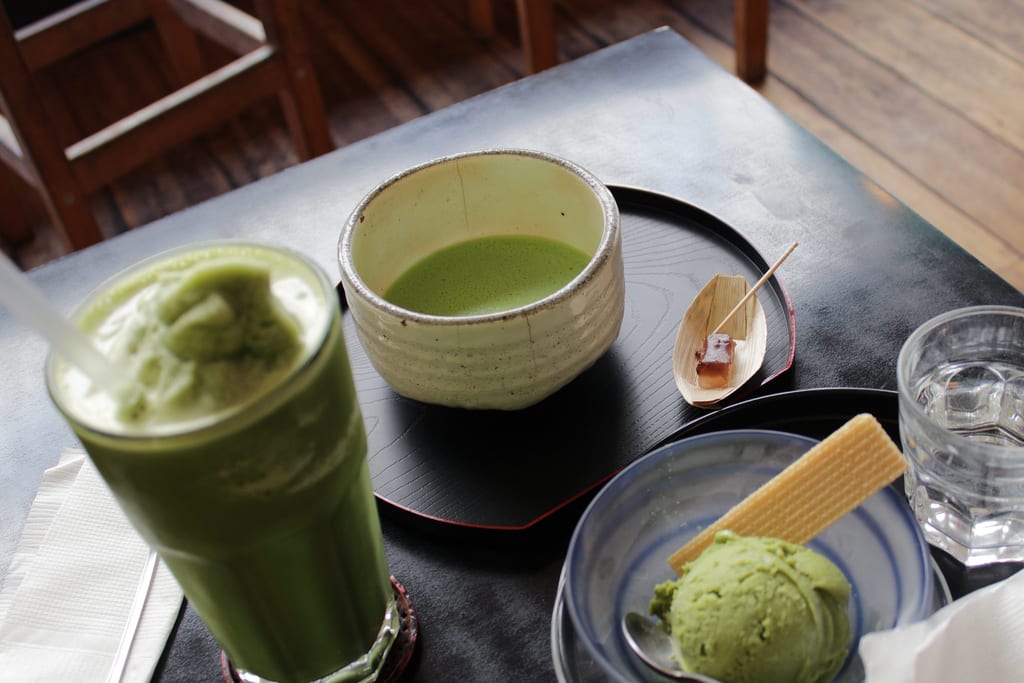
What is Matcha?
Wellness has become somewhat of a goldmine in the food and drink industry, so it perhaps shouldn’t come as a surprise that an antioxidant rich, weight reducing cancer deterrent such as Matcha is all the rage.
In very basic terms, matcha is a stone-grounded powder which is in effect a very concentrated green tea. The powdery substance is a more versatile version of its tea leaf counterpart and is used to serve lattes and iced drinks in cafes and everything from soup to brownies in restaurants.
Like most natural health remedies, Matcha dates back many centuries and was described in the 8th century by Zen priest Eisai as being “the ultimate mental and medical remedy and has the ability to make one’s life more full and complete”.
Here’s our complete guide to Matcha.
Here’s what it has been claimed to do:
Here’s how it is being served up:
Here’s where to buy it: